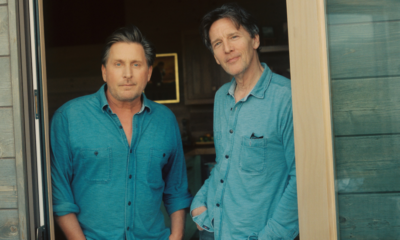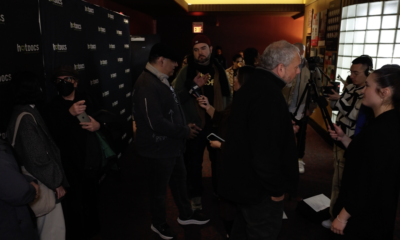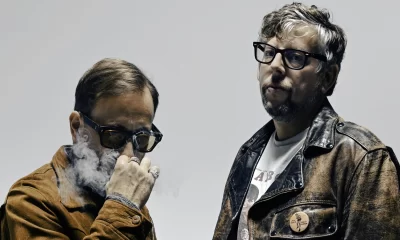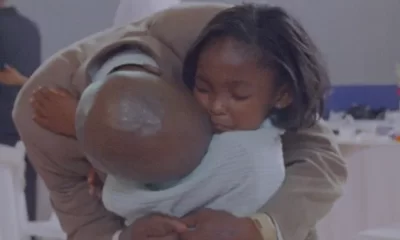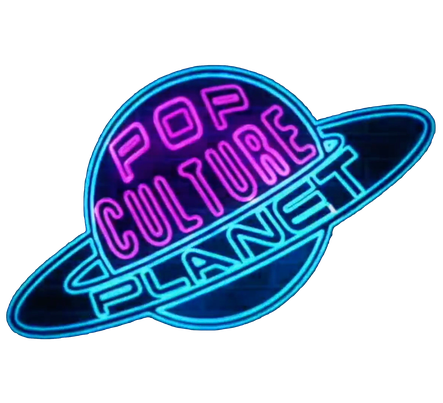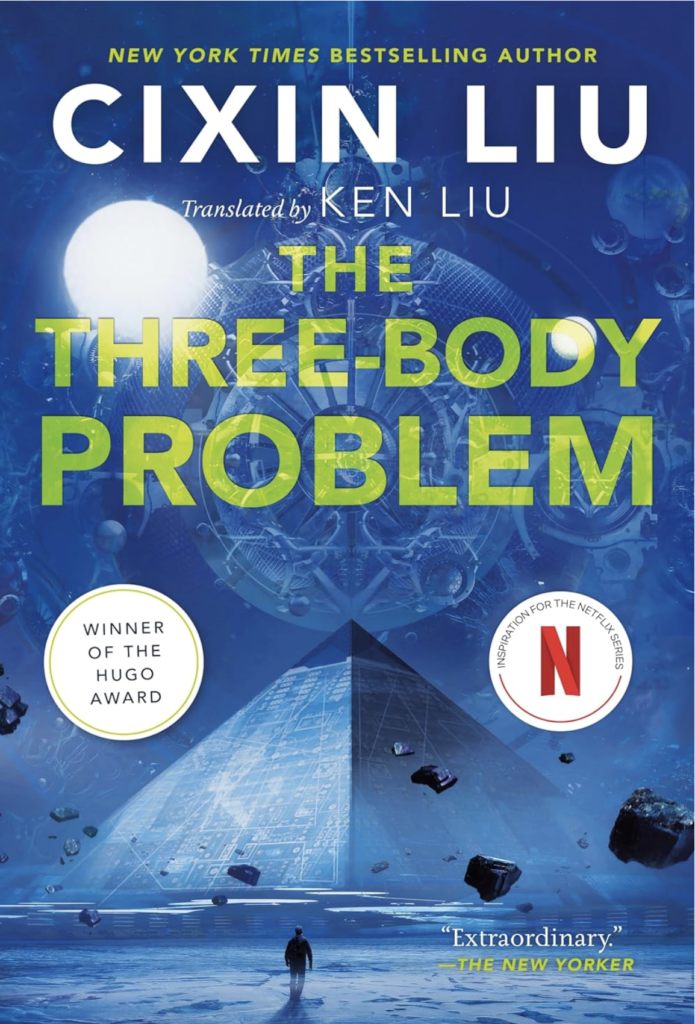DOCUMENTARIES
HAVING FAITH IN THE EXORCIST
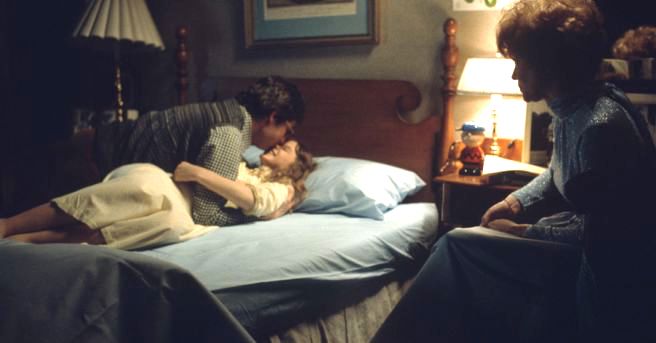

Going to the Sitges Festival and having lunch with William Friedkin across the table would be quite the star-struck moment. When he comes to you and gives you that trust to go ahead and make a documentary about him in regards to his journey when making The Exorcist would be like winning the lottery. This is was an opportunity that director Alexandre O. Philippe could not turn down. As a result, he presents the world with this informative documentary Leap of Faith: William Friedkin on The Exorcist and it has been almost four decades since the movie started to scare the wits out of everyone. To do that you would have to pull from all the things that would conjure human emotion in which Friedkin does in so many ways in the film. The Exorcist is cinematic art that stems from Friedkin’s faith in which everything fell into place for him. The impact that this film made on popular culture, the film industry and the art world, would have not shifted if it wasn’t for the blood, sweat and tears that Friedkin put into the film. You will gain a greater appreciation of The Exorcist after watching Leap of Faith which is set to make an appearance at this year’s Hot Docs Virtual Film Festival.
Watching the first couple of minutes while Friedkin discusses his film is eye-opening. It is almost like we are director profiling when we see how Friedkin looks like, how he dresses and talks in his lavish living room. Today’s horror or genre filmmaker looks a lot different from what Friedkin looked like when he was filming The Exorcist. Today’s notable horror filmmakers such as Rob Zombie, Mike Flanagan and James Wan fit that postmodern horror filmmaker look or swagger. Whereas Friedkin looks like he was cut from the same cloth as Walter Hill, Brian DePalma, Stanley Kubrick, and Steven Spielberg. This has us floored but it only makes sense because an epic film cannot be made without the influences of people who have made epic films. You can see that Friedkin is a legendary filmmaker rather than just a horror filmmaker.
Friedkin begins to speak of the earlier stages of the production with writer William Peter Blatty, the original writer of The Exorcist novel, and how this film first fell into his lap and how this is all fate. He speaks of the film Citizen Kane and stresses how that film is all about fate just like how Charles Kane who became a newspaper tycoon after coming from obscurity. He spoke of this film like it was resembled his journey in making The Exorcist. After many directors passing on the project, The Exorcist became the brainchild and the tycoon for Friedkin once he accepted the project.
It began with Friedkin’s trip to Iraq because Blatty’s novel begins in the country in the same way. Friedkin speaks of how he was filming during an archaeological dig in Hatra south of Mosul. He was in excruciating heat where it was only possible to film early in the morning meaning that he was already restricted in what he could do but were still able to get in his eyes some rare yet beautiful shots. The wonderful scenes that Max Von Sydow was in such as going through the bazaar with limited lighting and finding the amulet of Pazuzu which was a demon of ancient origins were not intentionally premonitions of things to come. He was still able to film sequences like the man with only one eye which was not supposed to warn of the child’s eyeless possession scenes. Shakespeare had a lot of foreshadows in his plays or better known as warnings to the audience but Friedkin did not believe in this type of storytelling but fate just brought him to these scenes that were unintentional yet pivotal.
Friedkin speaks of this throughout Leap of Faith of how he wanted things to be ambiguous in the Exorcist. He loved the fact that in some scenes, The Exorcist was filmed like a documentary and that how he urged his cameramen to keep filming. Friedkin was far from other filmmakers that he spoke of just like Stanley Kubrick who took so many takes to get that perfect shot in which he stressed out actors like Tom Cruise in Eyes Wide Shut and Shelley Duvall in The Shining. Friedkin speaks of how those rough edges when filming made it that much rawer rather than premeditated.
The genius of Friedkin is how he built his expectancy set for the film The Exorcist. Alfred Hitchcock does this with the film Psycho and what filmmakers have done since The Exorcist is to use images of assault on the screen. When The Exorcist was released in 1973, millions of people lined up outside the theatre in hopes to get scared which Friedkin speaks of in setting that expectancy. Audiences even lined up in frigid weather for many hours as many of them conversed about how the film was scarier than Psycho. The fate of Exorcist was determined in these lineups as the film went on to become successful and impactful on popular culture. If that wasn’t a sign you will see that this was the only R-rated film that accumulated millions at the box office for decades.
This all wouldn’t have happened if Friedkin did not have faith in his cast. The role of Father Karras was supposed to be handed out to Stacy Keach who Friedkin gave the role to and was more than suitable for the role. Jason Miller of whom Friedkin was first introduced to when he went to go see his play That Championship Season on Broadway continually persuaded of how he should be Father Karras. After several auditions, the role was given to him and Friedkin had faith in Miller. We can say that was all fate for the role as Miller was nominated for an Academy Award for the best-supporting actor.
Many directors passed on the film because it was an exorcism of a 12-year-old girl named Regan, played by Linda Blair and that it would cause much distress. Especially went it came to the scene where she was masturbating with a crucifix and blood is all over her and the set. Over and over Regan would look as though she is stabbing herself with the crucifix right in her vagina is where the directors who passed on the film had no time for. Friedkin did have a vision for the character of Regan and this particular scene where he had so much faith in Linda Blair and his film crew that this became the most shocking, disturbing and groundbreaking in cinematic history. This is what factored into the expectancy set that Friedkin spoke of.
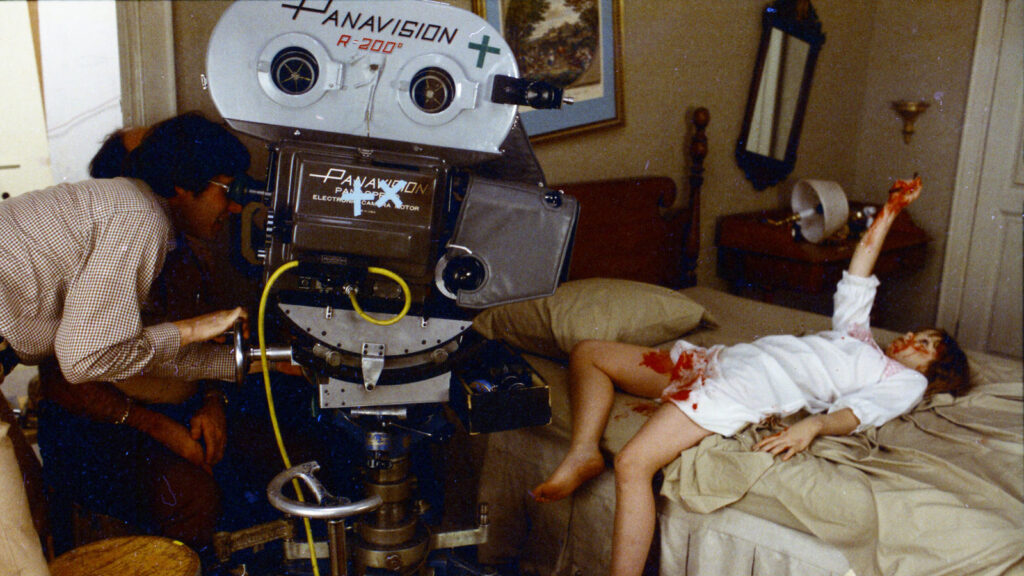

Director William Friedkin and Linda Blair in The Exorcist
There was so much put into the complex character of the demon that was possessing Regan that it was a challenge in putting that final product together. Friedkin wasn’t convinced that Blair’s voice was the end all and be all. After trying to get a male voice to be the demon, like radio host Ken Nordine, Friedkin decides to bring in a female voice instead. Mercedes McCambridge, who had done many old radio shows and films, was brought in by Friedkin. She asked to be tied up to a chair with the presence of two priests after having many alcoholic drinks, some eggs and many cigarettes. Here was where the voice of the demon that possesses Regan was born in which Friedkin calls a gift of God.
Friedkin speaks of how The Exorcist was an experimental sound museum. He loved the many sounds that made the experience of watching The Exorcist spooky and eerie. Opportunities to work with great film composers such as Bernard Hermann and even his friend Lalo Schifrin went south as their work was not convincing enough to score the whole film. It left the fate of the score of The Exorcist in Friedkin’s own hands. He did not want an overpowering score that would give clues to the audience what was going to happen. He especially did not want to have this banging immediate in your face score right at the beginning sequence in Iraq. Friedkin loves the sound of the men working away in the archaeological dig. He wanted things to build and wanted things to be ambiguous in The Exorcist.
Many of the scenes that were filmed by William Friedkin were influenced by his favourite artists. The first scene that they ever shot for this film The Exorcist is when Max Von Sydow is about to enter the house and where the light from the bedroom where Regan is shining upon him. The artist René Magritte’s 1954’s Empire of Light is the print that influenced this film sequence. This is where the scene became the shot of the official movie poster and the VHS cover which became the image that rolls through the minds of those who have seen the film. The temperature of that shot alone gave you the chills when you saw this at the video store and made you think twice whether or not that you wanted to be a spooky night in your household. Even today you would be able to get this print of The Exorcist in many different forms from many different artists. That’s how iconic this scene is. Was this painting of René Magritee another gift from God?
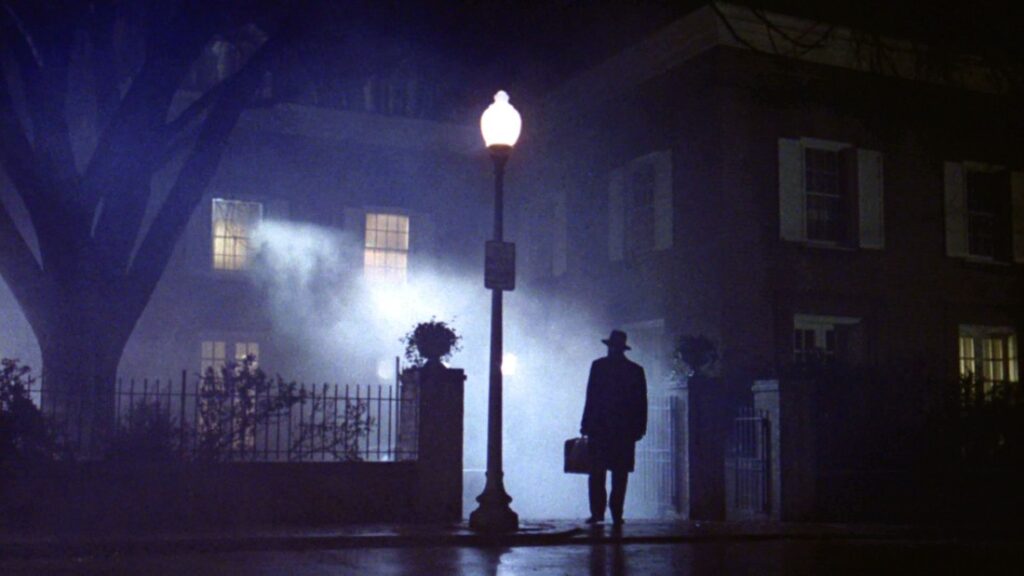

Max Von Sydow in The Exorcist
Despite Friedkin saying that he was a true believer in this journey of filming the Exorcist, his faith in making this film and riding the line between ambiguity and clarity is what made everything fall into place. Sure this may be something that all film directors do but not all their films become groundbreaking and iconic in cinema history after riding this slippery slope. Friedkin may have lost friends, made enemies, made mistakes or decisions that were not favourable to the crew of the film but above all Friedkin relied on his directorial instincts to make this all happen. It is almost as if he was a quarterback throwing a “Hail Mary” (no pun intended) for a touchdown in where many things that can go against him in which Friedkin did and overcame by winning all those small battles.
There are many more examples of what William Friedkin considers fate or faith when it came to the production of The Exorcist but not all of them could be mentioned because it would spoil it for those who haven’t seen the film. What is most intriguing about William Friedkin is that he is a jack of all trades in which most directors should be when it comes to directing films that director Alexandre O. Philippe exemplifies in this documentary. All those facets and elements that Friedkin implemented in The Exorcist fulfilled his vision of what this film was supposed to be. What the audience tends to forget is how he tells this story that was originated from William Peter Blatty’s original novel was a classic work of art. Friedkin was able to work with the hand that was dealt to him and played the cards so right that this film was hailed as the scariest movie of all time. What Friedkin made was a film based on the human experience and he tells that story seamlessly which makes it all that more horrifically beautiful.
-



 BIPOC4 months ago
BIPOC4 months agoThe Boy and the Heron @TIFF 2023
-

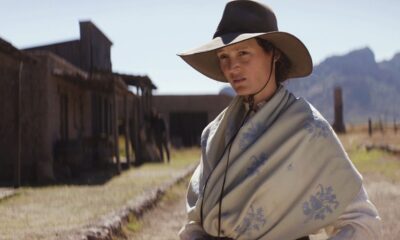

 TIFF 20238 months ago
TIFF 20238 months agoViggo Mortensen in The Dead Don’t Hurt @TIFF2023
-



 ACTORS/ACTRESSES2 months ago
ACTORS/ACTRESSES2 months agoAn Exciting Conversation with Sydney Sweeney @SXSW 2024
-

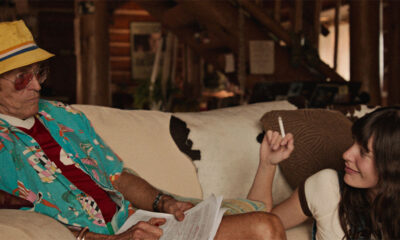

 Uncategorized8 months ago
Uncategorized8 months agoWillem Dafoe in Gonzo Girl @TIFF 2023
-

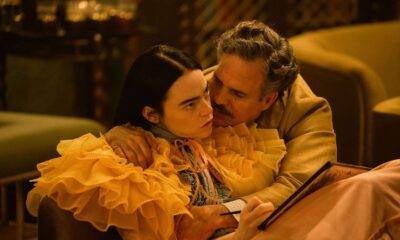

 ACTORS/ACTRESSES3 months ago
ACTORS/ACTRESSES3 months agoThe Exciting 96th Oscar Nominations Announced
-

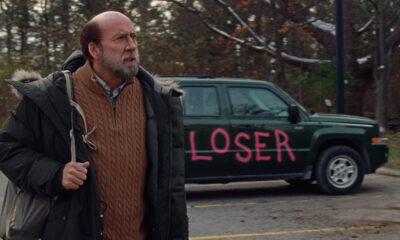

 TIFF 20238 months ago
TIFF 20238 months agoNicolas Cage in Dream Scenario @TIFF 2023
-





 Uncategorized9 months ago
Uncategorized9 months agoSly to close TIFF2023
-

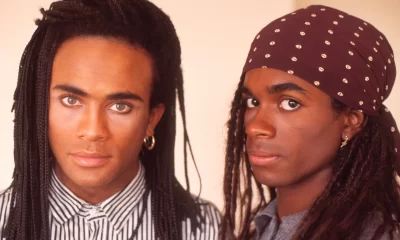

 TRIBECA 202311 months ago
TRIBECA 202311 months agoMilli Vanilli @ Tribeca Film Festival 2023


